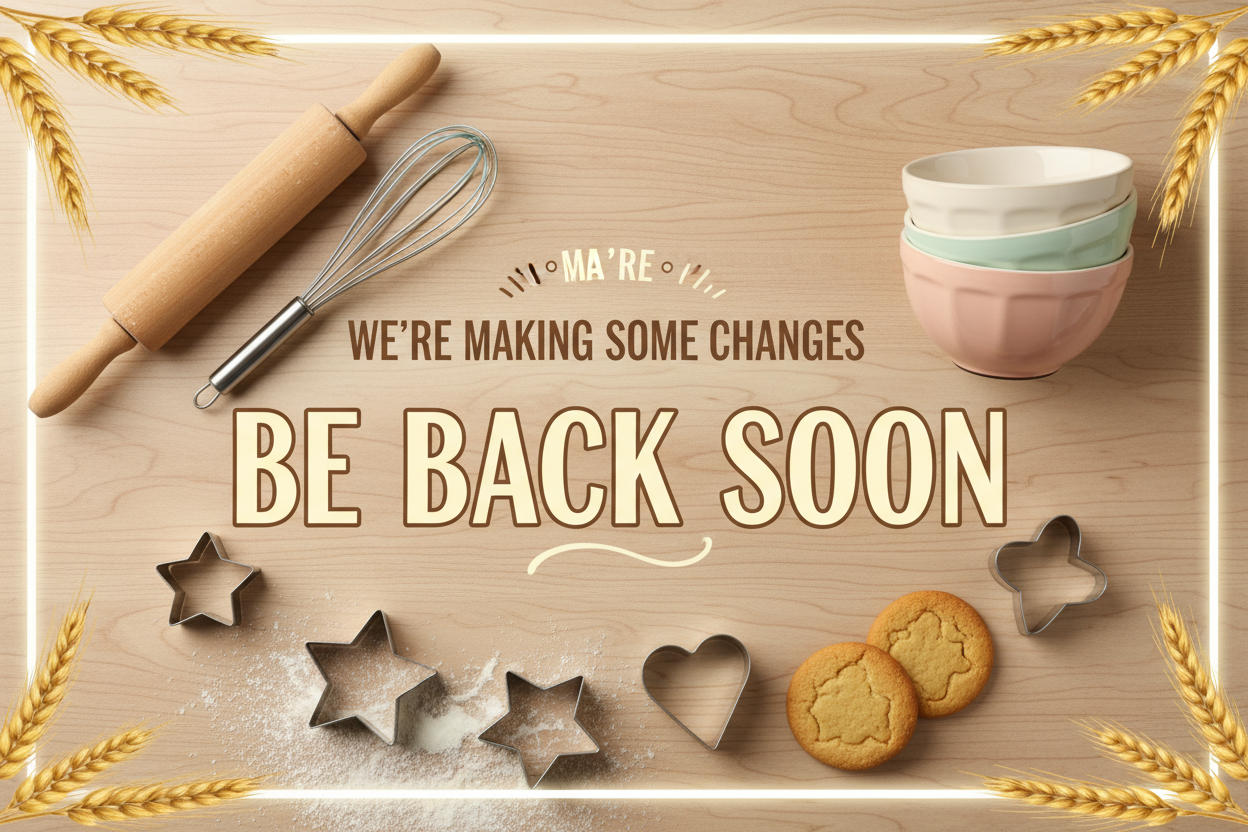
We'll be back, and better than ever !!!
Join our mailing list and be the first to get 20% Off when we are back !
We’re working hard to ship out the remaining orders! If you haven’t received yours yet, please reach out to us at info@bakeware.co.nz — we’re here to help.
